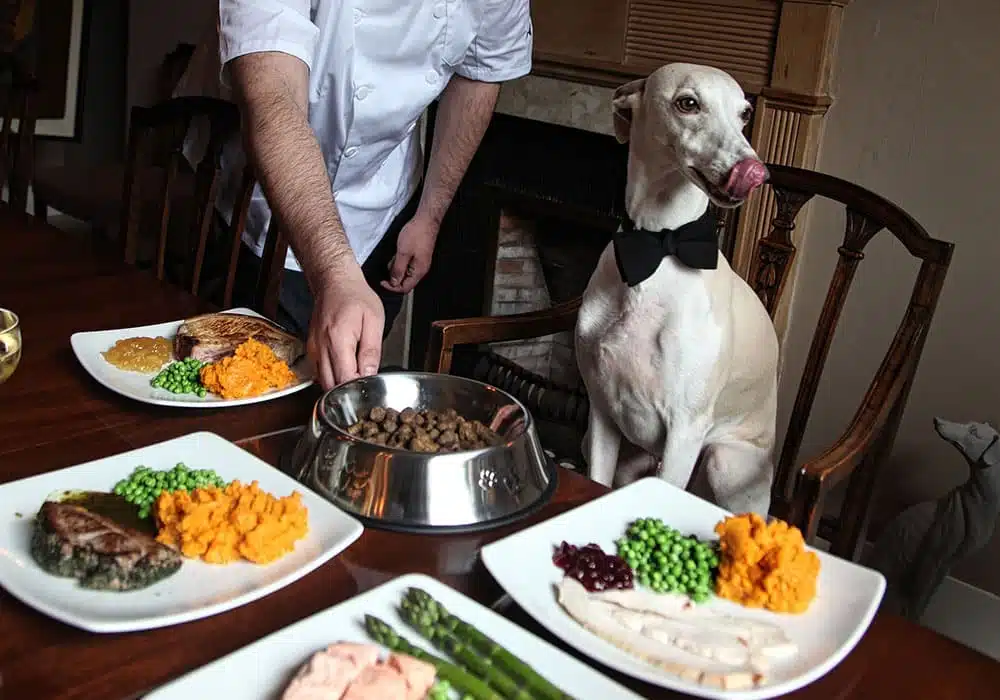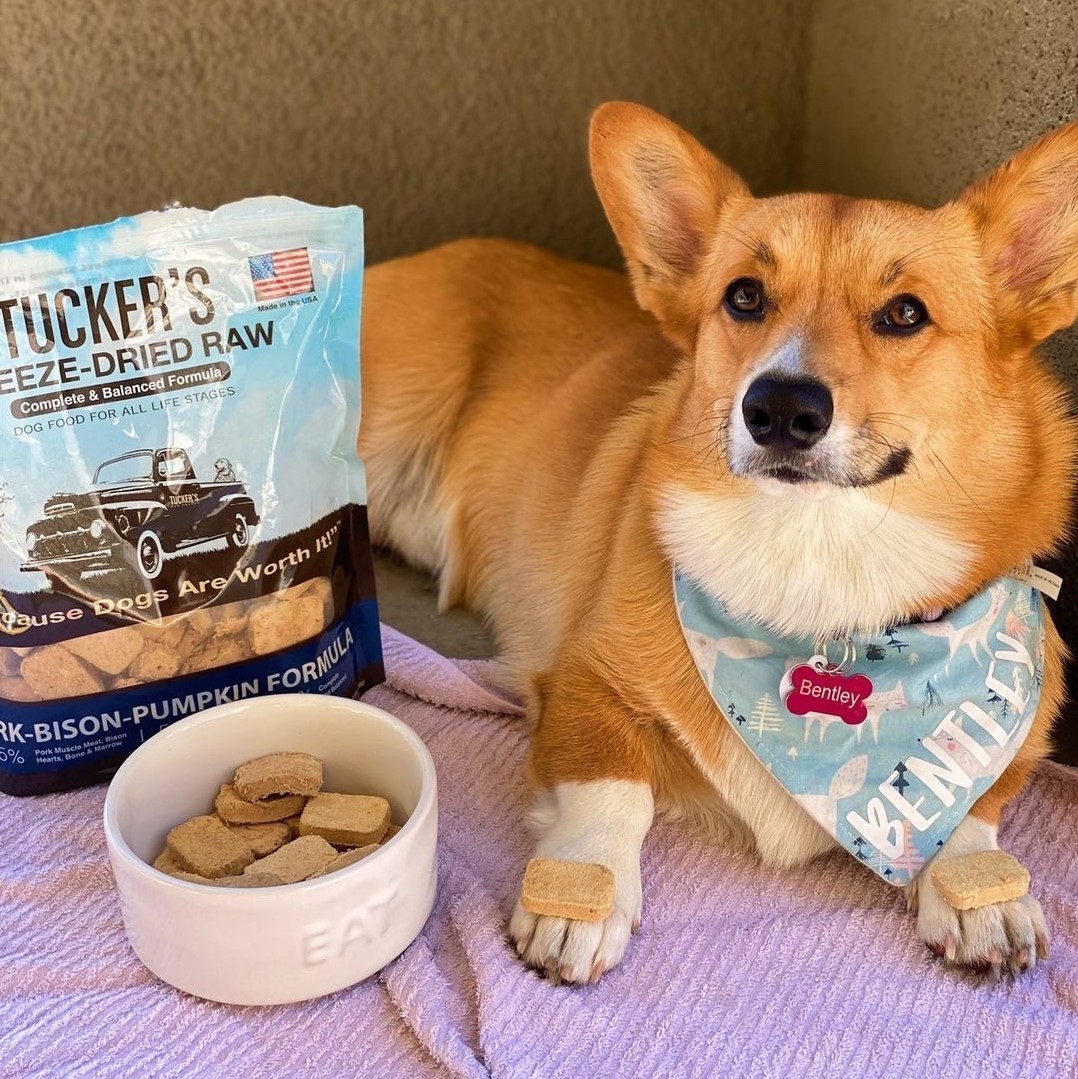<
Tips For Picky Eaters: How To Encourage Your Pets To Try New Food
As pet owners, we all want our furry friends to enjoy a varied and nutritious diet. However, just like some humans, many pets can be picky eaters. Dealing with a picky eater can be frustrating and worrisome, especially when you’re concerned about their health and well-being. Fortunately, there are several effective strategies to encourage your pets to try new foods and develop a more adventurous palate. In this blog, we will explore tips and techniques to help you overcome picky eating habits in your pets and ensure they receive the essential nutrients they need to thrive.
Understand Your Pet’s Preferences
Before diving into the realm of encouraging your pet to try new foods, it’s essential to understand their specific preferences. Different pets have individual tastes and textures they may enjoy or dislike. Some pets may prefer certain protein sources, while others may prefer a specific type of texture. For example, your cat may prefer wet food over dry kibble, or your dog may enjoy crunchy treats but avoid soft ones.
Observing your pet’s reactions to various foods can provide valuable insights. Take note of what they gravitate towards and what they avoid. Keep in mind that pets may change their preferences over time, so staying attuned to their tastes is an ongoing process.
Gradual Introduction of New Foods
When introducing new foods to your pet, take a gradual approach. Abrupt changes in their diet may lead to rejection and cause digestive issues. Start by mixing a small amount of the new food with their regular food and gradually increase the ratio over time. This method allows your pet to become accustomed to the new taste and texture without feeling overwhelmed.
For example, if you’re introducing a new type of dry kibble, mix a small portion with their current kibble and gradually increase the proportion of the new food over several days. If you’re introducing wet food, mix a small amount with their regular food or use it as a topper to pique their interest.
Add Food Toppers
Food toppers can be a game-changer for picky eaters. Consider adding a small amount of a delicious and nutritious food topper to their regular meal. Toppers can be anything from a sprinkle of freeze-dried meat, a dollop of canned pumpkin, or a dash of bone broth. The enticing aroma and flavor of the topper may entice your pet to try their food eagerly.
For cats, a sprinkle of catnip or a few flakes of freeze-dried fish on top of their food can be enticing. For dogs, you can use a variety of toppers, such as cooked chicken, shredded cheese, or a spoonful of wet food. Be mindful of the calorie content of the toppers and adjust their overall diet accordingly to prevent overfeeding.

Speaking of food toppers, Tucker’s Freeze Dried can be used as a topper, meal or even as a treat! With no artificial ingredients and formulated with their signature 95-5 approach, we guarantee that your dog will gobble up the meal in no time! Tucker’s signature 95-5 approach refers to 95% protein and 5% pumpkin.
Temperature Matters
Believe it or not, the temperature of the food can make a difference to picky eaters. Some pets prefer their food slightly warmed, while others may enjoy it at room temperature. Experiment with different temperatures to see what your pet prefers. However, avoid heating food in the microwave, as it may create hot spots and cause burns.
For example, if your cat prefers their wet food warmed, gently heat it in a microwave-safe dish for a few seconds before serving. For dogs, you can mix warm water or low-sodium broth with their dry kibble to enhance the aroma and appeal.
Rotate Flavors and Textures
Providing a variety of flavors and textures can stimulate your pet’s interest in their meals. Just like humans, pets can get bored with the same food day in and day out. Try rotating different protein sources, such as chicken, beef, or fish, to keep mealtime exciting. Additionally, consider offering both wet and dry food options, as some pets may prefer one over the other.
For example, if your dog seems uninterested in their current chicken-flavored kibble, try switching to a salmon or lamb-based formula. For cats, consider offering a mix of both pate and gravy-style wet food to see which texture they prefer.
Make Mealtime Fun
Adding an element of fun to mealtime can make a significant difference for picky eaters. Pets are natural scavengers, and making them work for their food can add excitement to their meals. Use puzzle feeders or food-dispensing toys to engage your pet’s natural hunting instincts and make them work for their food.
For dogs, interactive food-dispensing toys like Kongs or treat balls can be filled with their regular kibble or special treats. This will encourage them to roll, chase, and paw at the toy to access their food. For cats, puzzle feeders and interactive toys that dispense kibble or treats can keep them mentally stimulated and entertained during mealtime.
Avoid Overfeeding Treats
Treats are a valuable tool for training and rewarding your pet, but excessive treat-giving can lead to picky eating habits. If your pet knows they’ll receive treats regardless of their regular meals, they may hold out for the “good stuff” and ignore their regular food. Limit treats to training sessions and opt for healthier, low-calorie options.
If you use treats for training, be sure to adjust their meal portions accordingly to maintain a balanced diet. Using a portion of their regular kibble as training treats can also be an effective way to ensure they receive their necessary nutrients.
Stay Patient and Consistent
Dealing with a picky eater requires patience and consistency. It may take time for your pet to adjust to new foods and develop a liking for them. Avoid giving in to their picky habits and hold firm to your feeding routine. Resist the temptation to offer them alternative options if they refuse their meal, as this can reinforce their picky behavior.
Stay consistent with the types and brands of food you offer and avoid switching their food frequently. Consistency helps establish a familiar routine and can be comforting for pets.
Keep Mealtimes Stress-Free
Create a calm and stress-free environment during mealtimes. Pets are sensitive to their surroundings, and any stressful elements can affect their appetite. Ensure they have a quiet and comfortable place to eat, away from loud noises and distractions.
For example, if you have multiple pets, consider feeding them in separate areas to prevent competition or distraction during mealtime. If you have a busy household, schedule their meals during quieter times of the day to reduce stress.
Monitor Health and Consult a Veterinarian
While encouraging your pet to try new foods, it’s essential to monitor their overall health and well-being. If your pet’s picky eating habits persist or are accompanied by other concerning symptoms like weight loss, lethargy, or vomiting, consult a veterinarian for a thorough examination. Underlying health issues may be contributing to their picky eating habits, and addressing these issues is crucial for their long-term health.
A veterinarian can also provide valuable insights and recommendations for managing picky eating habits. They may suggest specific dietary adjustments, supplements, or medications to address any underlying health concerns and improve your pet’s appetite.
Conclusion
Dealing with a picky eater can be a challenge, but with the right approach, you can encourage your pet to try new foods and enjoy a varied and nutritious diet. Remember to understand your pet’s preferences, introduce new foods gradually, and use food toppers or interactive feeders to make mealtime exciting. Avoid overfeeding treats and create a stress-free environment during mealtimes. Be patient and consistent in your approach, and most importantly, monitor your pet’s health closely.
Encouraging your picky eater to try new foods is a journey that requires understanding, love, and dedication. By implementing these tips, you can pave the way for a more adventurous palate for your furry companion, ensuring they receive the essential nutrients they need to thrive and lead a happy, healthy life. Remember to consult with a veterinarian for personalized advice and guidance, and celebrate every small step towards a more diverse and enjoyable diet for your beloved pet.
